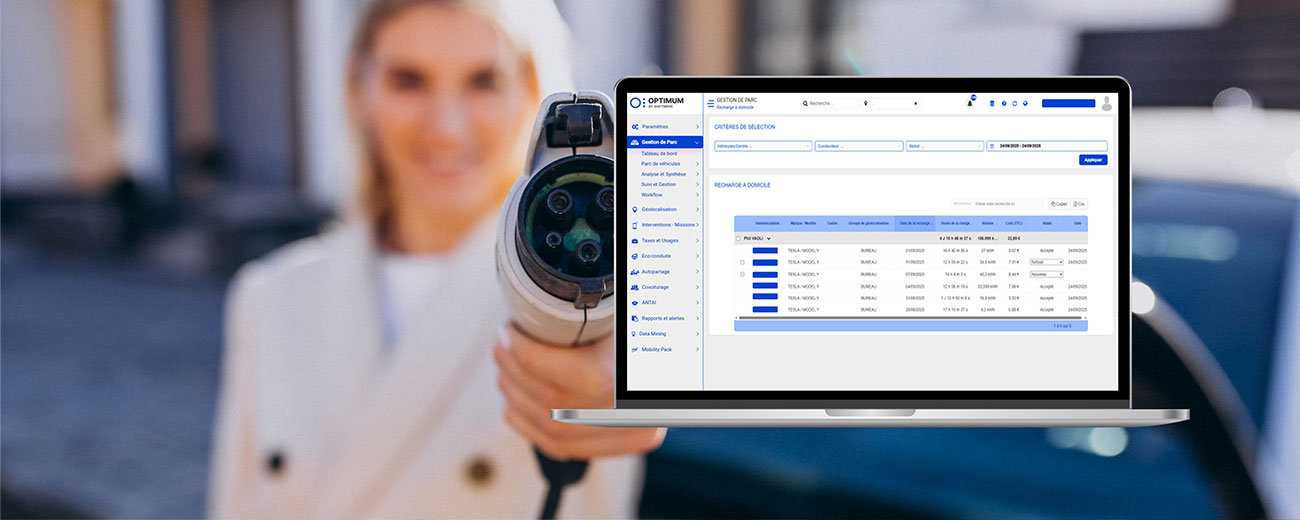In a context where every kilometer counts, preventive maintenance becomes a strategic lever for optimizing TCO, guaranteeing safety, maintaining the value of vehicles and maintaining the company's image. Too often overlooked, it ensures the availability of vehicles and their compliance with manufacturer recommendations. In the era of connected and data-driven fleets, complying with maintenance plans is no longer an option, but a performance requirement requiring adapted tools and rigorous management.
The manufacturer's maintenance plan: an essential roadmap
The manufacturer's maintenance plan is the official maintenance schedule defined by the manufacturer of each vehicle. It sets out the interventions to be carried out at regular intervals, either according to the mileage covered, or according to a calendar periodicity (generally every 15,000 to 30,000 km, or every 12 to 24 months). This plan includes routine operations — drains, filters, technical inspections — but also specific interventions such as replacing belts and updating electronic systems.
These recommendations are not arbitrary. They are based on thousands of hours of tests, simulations and field feedback from manufacturers. Respecting these deadlines makes it possible to maintain the vehicle in optimal working condition, to guarantee the original performances, and to maintain the validity of the manufacturer's warranty. In a fleet of several dozen or hundreds of vehicles, this rigor becomes complex to apply manually. Paper maintenance books, Excel spreadsheets or individual reminders quickly show their limits. This is where the challenges of digitalization and automation make sense!

The risks associated with not meeting deadlines
In the short term, ignoring or extending maintenance deadlines may seem like a way to save money. A poorly followed vehicle wears out more quickly, breaks down, disrupts routes and generates emergency costs. It can also cause the manufacturer's warranty to be lost in the event of an incident.
Unanticipated mechanical failures (belt, drain, brakes) can have serious technical, financial and organizational consequences. Immobilizing a vehicle is expensive: it disrupts tours, imposes emergency rentals, and can represent several thousand euros per month for a fleet. In addition, there are the impacts on the company's image and the risks in the event of an audit (ISO, regulated sectors), especially in the absence of traceability of interviews.
Manage your interviews with confidence thanks to OPTIMUM
The OPTIMUM solution integrates Technical Control as well as the various maintenance plans for vehicle manufacturers for optimized fleet management, regardless of the brands. Thanks to real-time traffic data, each vehicle is followed to the nearest kilometer.
When a threshold defined by the manufacturer approaches — for example 30,000 km for a major overhaul — a personalized and automatic alert is generated and sent to the manager.
As soon as the fleet manager registers the maintenance operation in the OPTIMUM platform, he can set the next deadline as well as the next alert which will be automatically sent. The simultaneous recording of its cost will make it possible to assign the cost to the vehicle and to keep the TCO up to date.
Les OPTIMUM alerts are a great way to anticipate and prevent, in this case, incidents and fleet costs.
Our dashboards are designed to provide a synthetic and actionable view of your fleet: which vehicles are up to date, which are nearing a deadline, which delays require intervention. These indicators facilitate decision-making and allow you to anticipate maintenance costs over several months.
Concrete and measurable benefits
Our customers are seeing a tangible decrease in TCO (Total Cost of Ownership). Fewer breakdowns, fewer unexpected downtime, scheduled maintenance at the right time: some testimonies show a reduction of up to 20% in maintenance costs in one year.
Preventive maintenance is no longer an option, it is a performance driver. Thanks to OPTIMUM, you anticipate maintenance, reduce costs and improve the availability of your fleet. Simplify, automate, optimize!



